We have completed a full oak cruck bladed truss frame in the ancient village of Horninghold.
The project has taken several months as the detail involved in every aspect of the build was of the highest specification.
The oak cruck bladed trusses support the hand made ridge and purlins, with the vertical oak frame posts and floor beams completing the structural frame.
Any keen viewer of Grand Designs will have heard of oak frame construction. Traditional brick and block houses have two ‘leaves’, generally speaking the outer leaf is brick, the inner leaf is block and the cavity in between the two is filled with insulation. Timber frame does away with the block inner skin and replaces it with a structural Oak frame.
The outer leaf is non-structural and can be brick, timber or stone; using special systems you can even render the outside and avoid the need to lay a single brick, you can also use a combination of these materials to suit the local surroundings and your council’s planning requirements.
Oak frame construction has 30%-40% shorter, more predictable construction time than brick and block. This means a faster return on investment, reduced disruption and a tidier, safer and more efficient site. A typical oak framed house can be watertight in as little as five days.
These are some of the more technical beneficial aspects of the oak-framed home but of course the biggest benefit of all is that the structural oak frame is left exposed.
This creates what only an oak frame can create, an ambience that no other piece of furniture or mood lighting can replicate.
The warmth and glow of the exposed oak beams, the textures of the grain which are often a great contrast to the smooth painted plaster, the detail of the oak hand made joints and the dowel that connects them are but a few of the dimensions of that ambience.
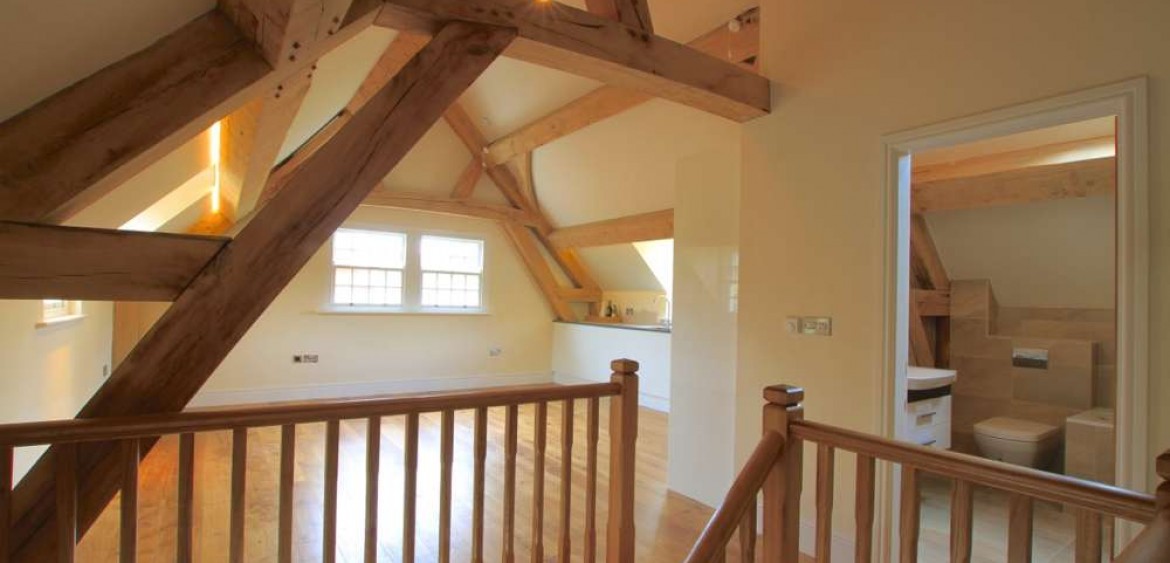
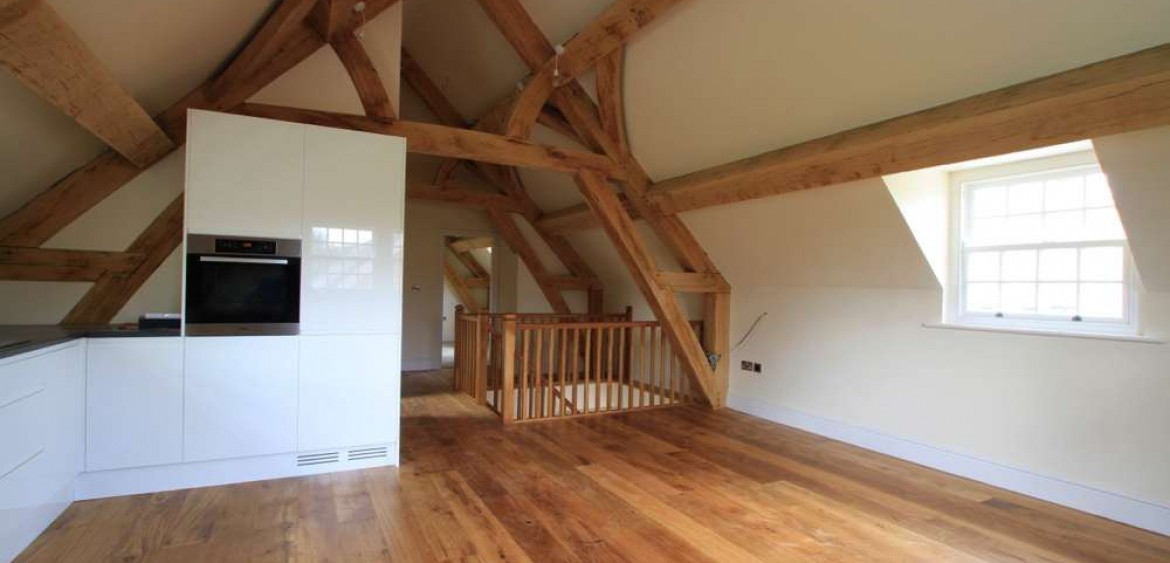
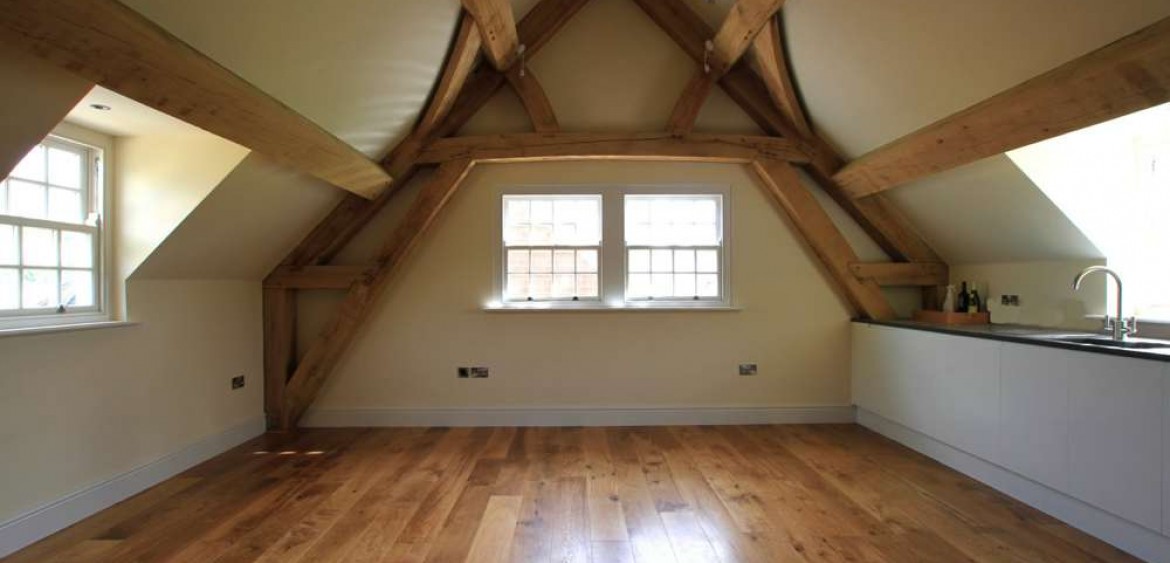
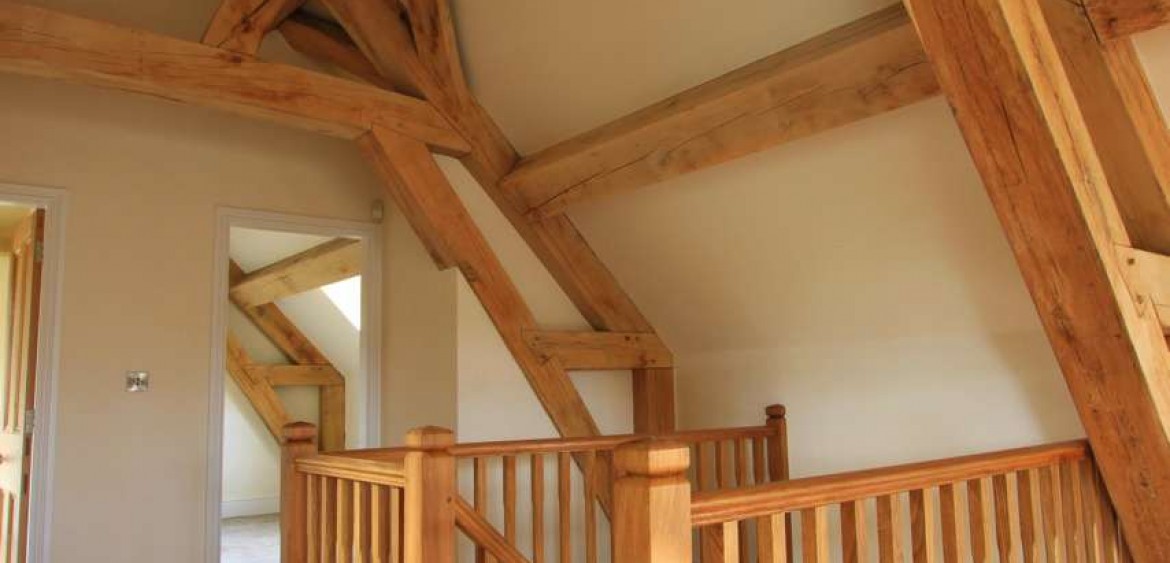
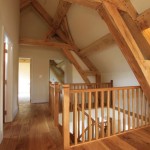
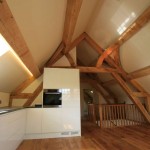
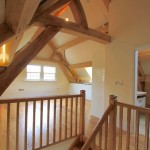
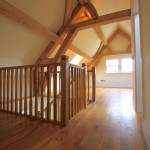
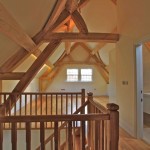
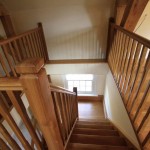
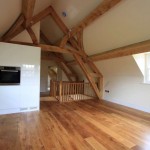
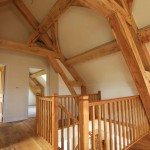
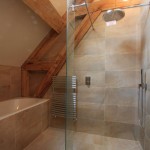
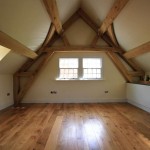
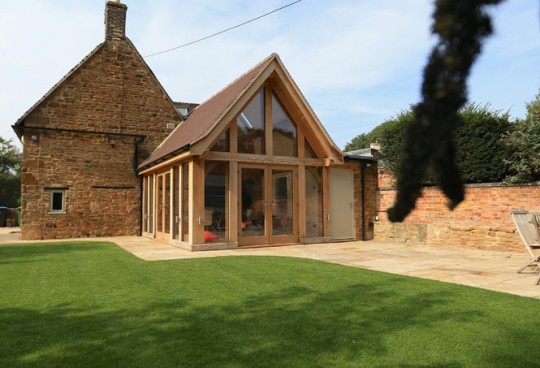
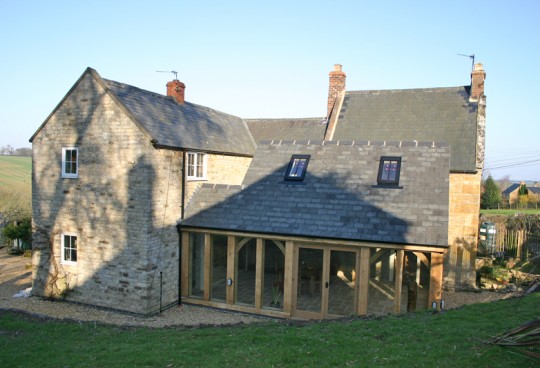
Sorry, the comment form is closed at this time.